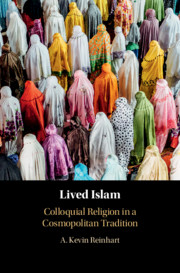This article discusses radiocarbon dating results of documents preserved at the Central Library of the University of Tehran (hereafter, CLUT) as part of the project “Irankoran.” The paper adds new evidence to an ongoing campaign of dating Qurʾāns and Oriental manuscripts by the Corpus Coranicum Project. The dated manuscripts include one kūfī fragment of the Qurʾān on parchment (no. 10950) and a selection of Islamic and Persian manuscripts, all from the second millennium: the Arabic dictionary Muǧmal al-Luġah (Meškāt no. 203), the medical encyclopedia Ḏaḫīrah-ye Kh
w
ārazmšāhī (no. 5156), the epic Panǧ Ganǧ of Neẓāmī (no. 5179), the book of wisdom Ādāb al-Falāsifah (no. 2165) attributed to Ḥunayn b. Isḥāq (d. 873 CE), and one of the oldest extant manuscripts of the Avesta Wīdēwdād (no. 11263). Although the authenticity of their colophons is disputed, radiocarbon dating supports the dates of the colophons; even in cases where they were suspected of being tampered with, they most likely present the accurate original dates of the corresponding manuscripts. Only in the case of Ādāb al-Falāsifah (no. 2165), radiocarbon dating of the parchment has identified the manuscript as non-authentic. Inconsistent carbon dating results of two samples taken from Ḏaḫīrah-ye Khwārazmšāhī (no. 5156) and Panǧ Ganǧ (no. 5179) provide evidence of later replaced/added leaves.
